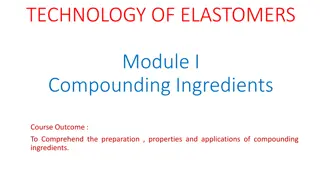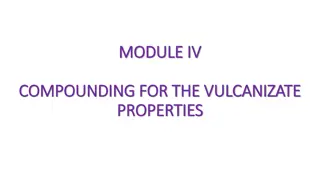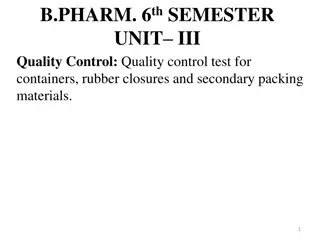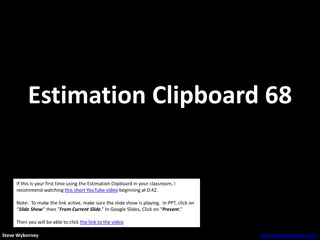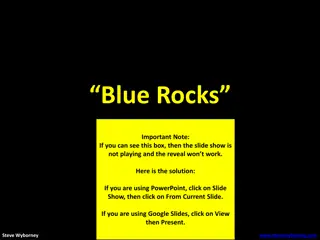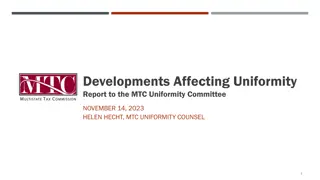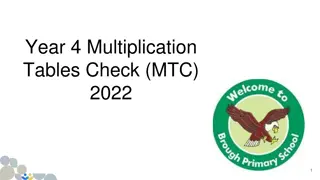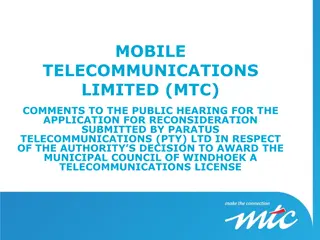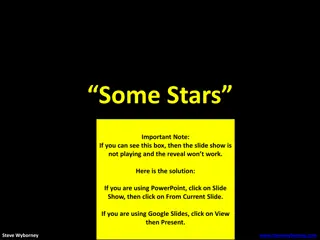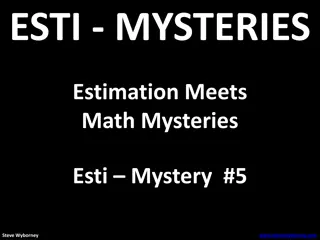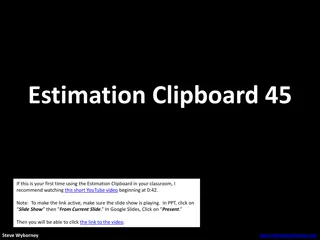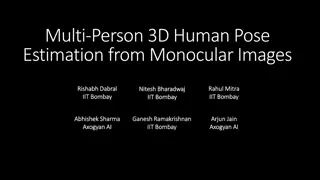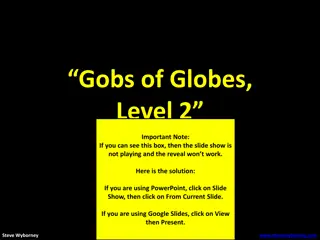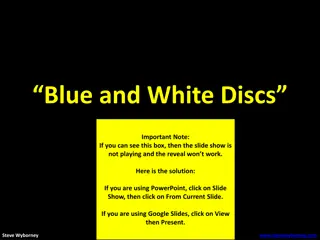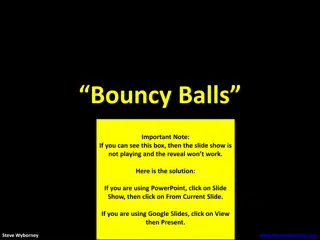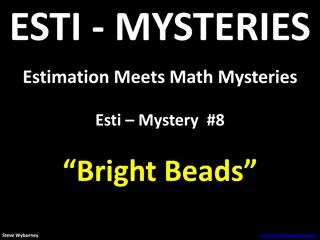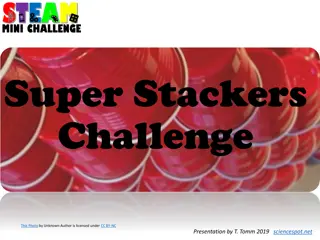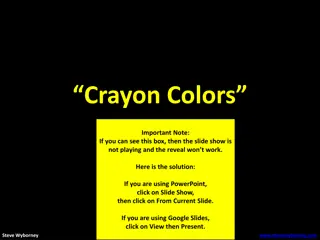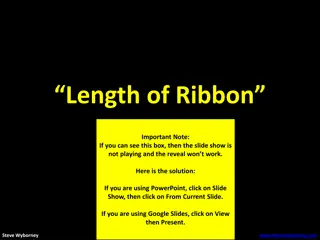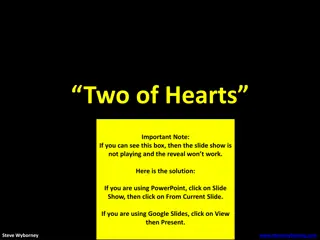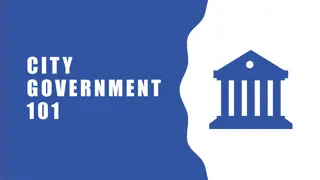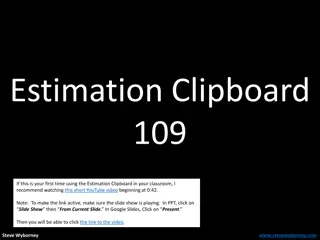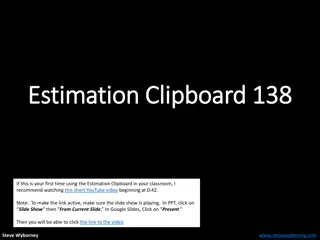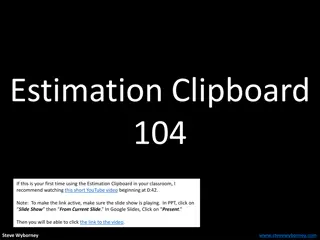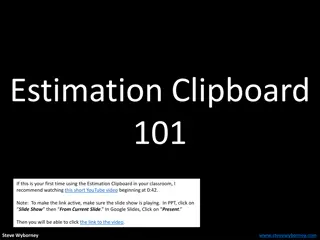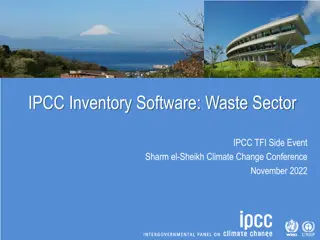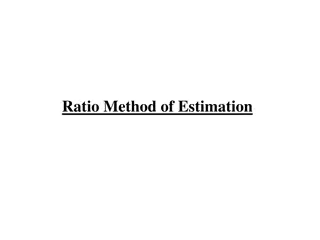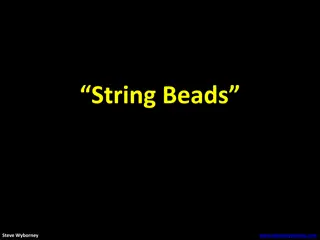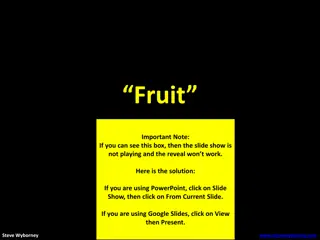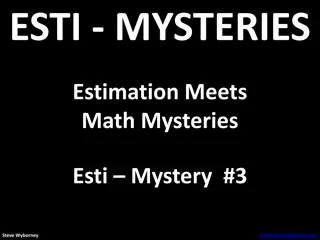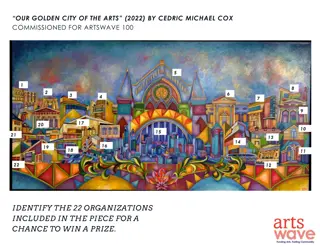Rubber City MTC Estimathon: An Exciting Estimation Challenge!
Welcome to the first annual Rubber City MTC Estimathon where teams tackle 12 estimation problems within 30 minutes. The goal is to provide the closest approximate guess to the correct answer using minimum and maximum values. The smaller the correct ratio in each guess, the higher the score. Teams must use their strategic thinking to excel in this fun and challenging event. Remember, precision is key in this estimation competition!
Download Presentation

Please find below an Image/Link to download the presentation.
The content on the website is provided AS IS for your information and personal use only. It may not be sold, licensed, or shared on other websites without obtaining consent from the author. Download presentation by click this link. If you encounter any issues during the download, it is possible that the publisher has removed the file from their server.
E N D
Presentation Transcript
Estimathon Karen Plaster kbp9@uakron.edu Lynne Pachnowski lmp@uakron.edu Thank you to: Chris Bolognese --bolognesechris@gmail.com
Welcome to the first annual Rubber City MTC Estimathon!
On Estimating Often in math and science, the goal is to give an exact, precise answer... But other times it is good enough to have an approximate guess of a result. A good guess involves a MINIMUM number and a MAXIMUM number, hoping that the true answer lies somewhere in between.
Example How many traffic signals are there in New York City?
Example 8000 20000 MINIMUM: 8000 MAXIMUM: 20000 12460 * The ratio of 20000 to 8000 is 2.5 or when rounded up, 3. The actual amount is 12460 so our answer is in the interval! This guess would then score 3. If we instead guessed 10000 to 16000, still with the right answer in between, then that ratio is 1.6 rounded up to 2. This is a better score! Note the guess 10000 to 12000 still would have a rounded ratio of 2, but you would get this wrong because the right answer is not in the interval!
The Rules Your team will be given 12 estimation problems and will have 30 minutes to work on the problems using whatever strategy you wish. Your Score: Basically, the smaller correct ratio in each guess the better the score! Keep in mind that unless you guess PERFECTLY, a ratio of 2 is the best score you can get for one problem. How does this help your strategy?
The Rules You will get little slips for your submissions. Be sure that each slip has your team name, problem number circled, and your min and max. You will get a total of 20 submission slips for 12 problems. This means you can submit more than once for a given problem. You can submit at ANY TIME.
The Rules We will attempt to grade the problems in real time. If you decide to re-submit an answer, only the last submission will be counted toward your final score. Be careful! This means you can choose to re-submit to refine your ratio but in doing so, you might mess up! Keep track of your answers, you will not receive the slip back.
Prize There will be a really awesome prize given to the team with the SMALLEST score.
Teams Each table will be a team. You have three minutes to pick a name and talk about strategy. Please send up someone from your team to tell the judges your team name and to grab your submission slips.
What did students say? There is a fear of not getting the right answer. But then we realized it s okay to not be perfect. In math and science class, we always have the formulas beforehand and just plug things in. Here we had to make assumptions and decisions. There is power in collaboration. Talking with one another helped to see what is reasonable. Using experience helped, such as buying $20 at a laundromat. Making up an example helped.



